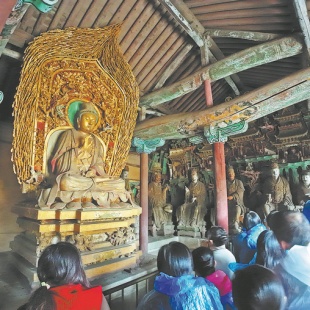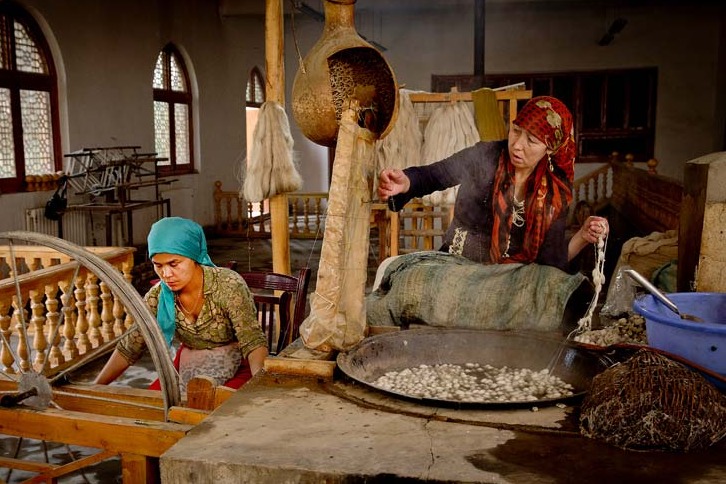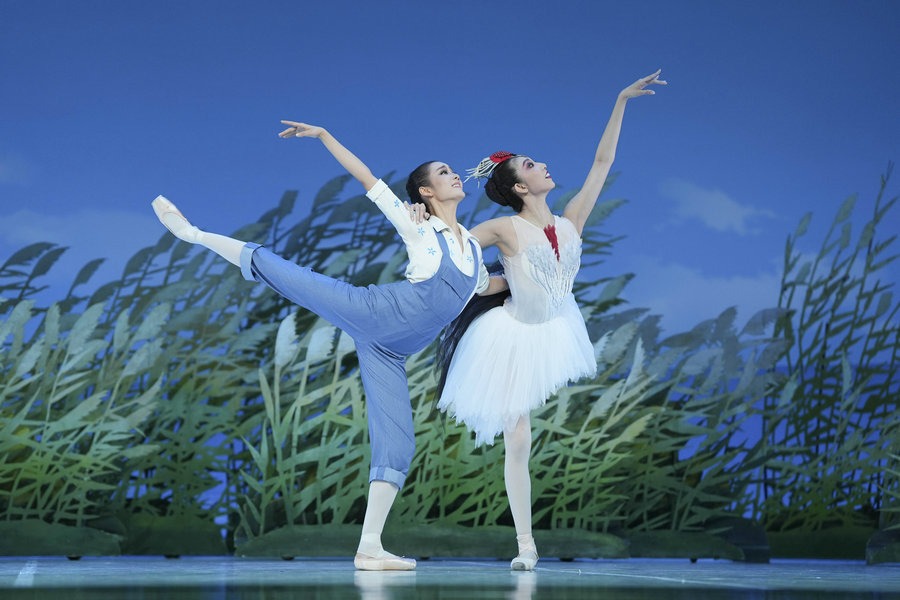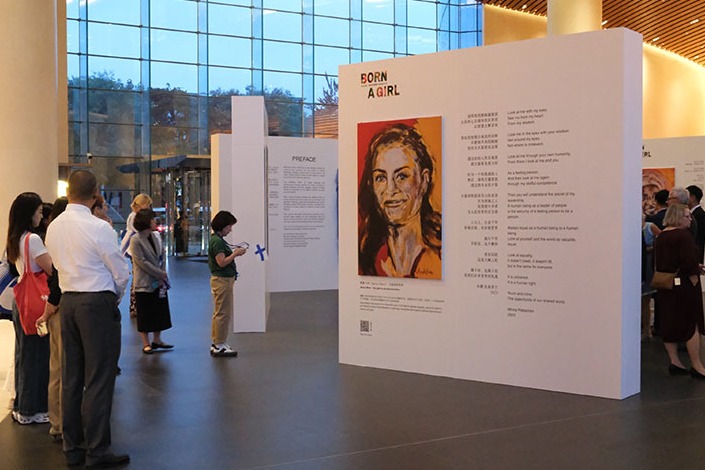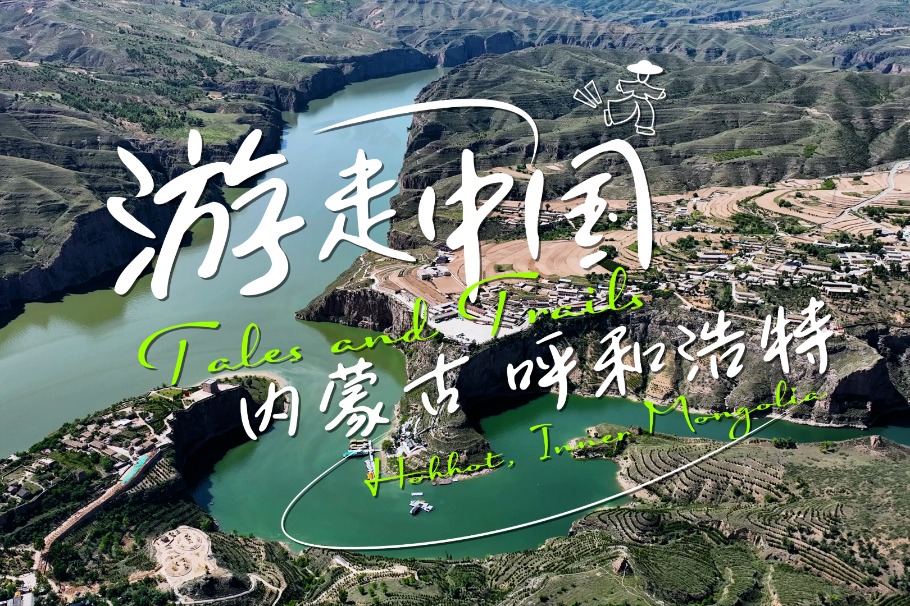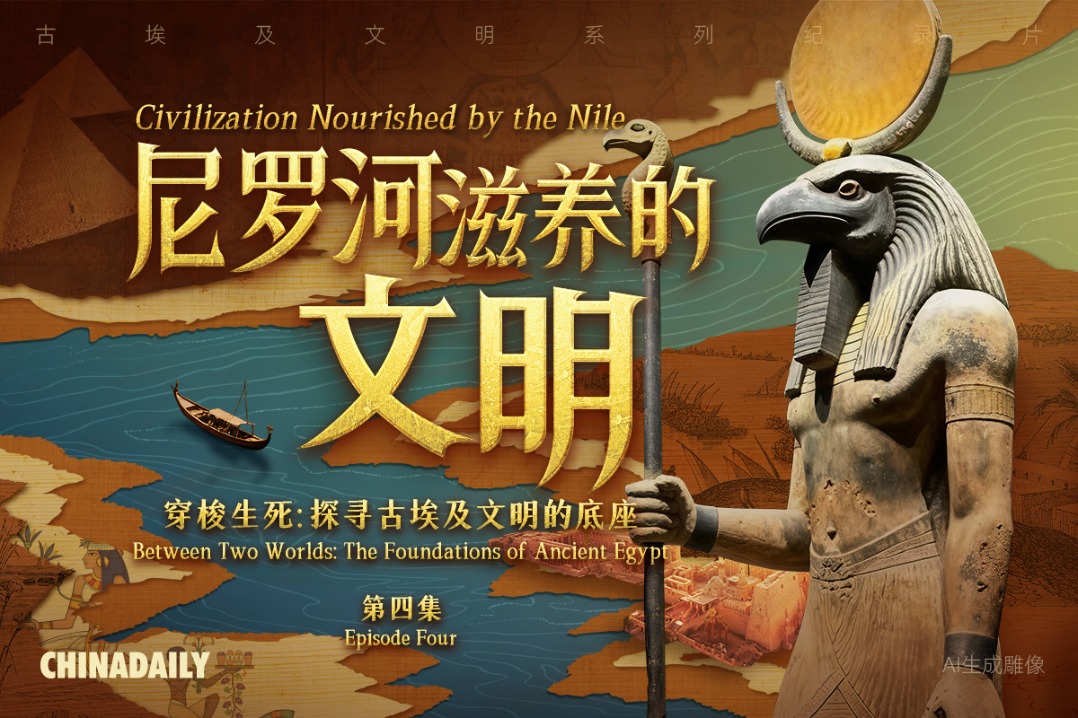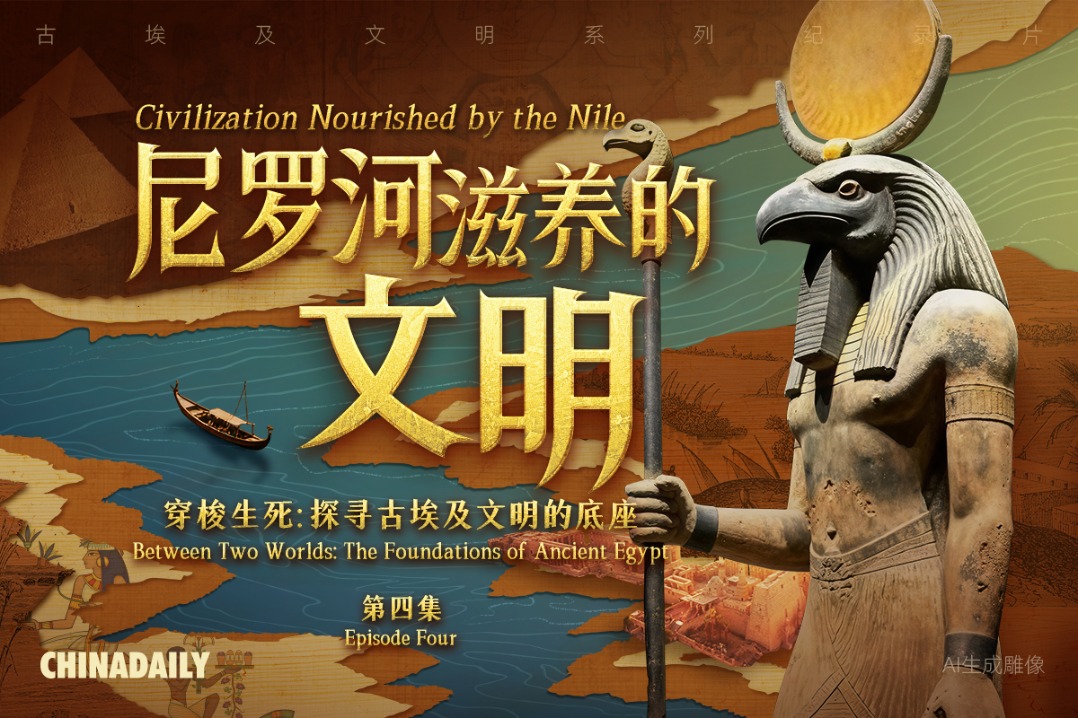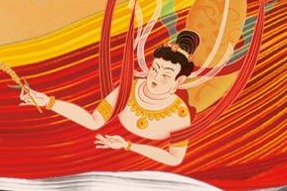Cinema breathes life into Shanxi's timeless heritage
Director's vision turns childhood memories into a catalyst for tourism






Built in 857, Foguang Temple preserves four Tang-era forms: architecture, sculpture, murals and calligraphy. "It is a unique treasure trove of art, history and culture unparalleled anywhere else in the country," said Wang Ning, a relics protection worker at the temple.
According to Wang, it is the largest and best-preserved wooden Tang structure in China, and it was inscribed on the UNESCO World Heritage List in 2009.
Visitor Li Lingxia said the animated film drew her to the Taihang Mountain Grand Canyon in Changzhi city's Huguan county.
"The layered ink-painting style of the mountains and the sense of adventure in crossing mountains and ridges depicted in the animation deeply resonated with me," she said. "When I saw the serene lake at Eight Springs Gorge, the natural caves of the North Gate, and the glass viewing platform, I was captivated by the enchanting atmosphere. Nature felt alive with spirit."
Another traveler, Zhang Jun, met a couple who were also fans of the film.
Zhang said: "We started chatting about the scene where the yaoguai patrol the mountain along the stream, and realized we were all looking for its real-life counterpart. A passing tour guide overheard our conversation and pointed to a nearby peak that looked identical to the one in the film.
"We followed his suggestion and took photos — the rocks matched perfectly. Bonding over a shared IP was far more memorable than any staged interaction."
Cheng Kaixian, general manager of Shanxi Taihang Mountain Grand Canyon Tourism Development, said the site has partnered with several films and TV operas, boosting tourist numbers.
"Directors often use the peril of Eight Springs Gorge's 100-foot abysses to symbolize the challenges faced by characters, and its waterfalls as metaphors for vitality and emotional flow," she said.
The canyon plans to launch a themed route called Journey to the West: Eight Trials at Eight Springs, featuring eight iconic landmarks woven into challenge-based tasks, such as a kayak race.
"Film and television are dynamic calling cards for scenic areas," she said. "The key is linking attractions with storylines and technology so visitors become protagonists, not just spectators."

Source of inspiration
At a roundtable discussion in Taiyuan, the provincial capital, Yu Shui, director of Nobody, explained why Shanxi became the setting: "Because I was born and raised here. Everything I saw, thought, and experienced as a child, including the historical sites my parents took me to, stayed with me."
"Even though I might not have fully understood them back then, as I grew older, I began to feel a deep, almost instinctive resonance with this heritage," he added.
Yu recalled visiting Foguang Temple for inspiration, saying that the weather had been particularly beautiful that day, with clear blue skies and white clouds. As he climbed the steps and saw the East Hall, he had been deeply moved and had truly felt like crying. He said that it gave him a sense of psychological connection, as if he could resonate with the ancient builders and artisans from more than 1,000 years ago.
To forge a uniquely Chinese animation aesthetic, Yu and his team conducted extensive field research across Shanxi to translate its ancient architecture onto the big screen. They even borrowed the name of the real-life village of Beizhang.
He added that integrating Shanxi landmarks and traditional architecture was primarily a narrative choice to add depth and beauty to the project.


